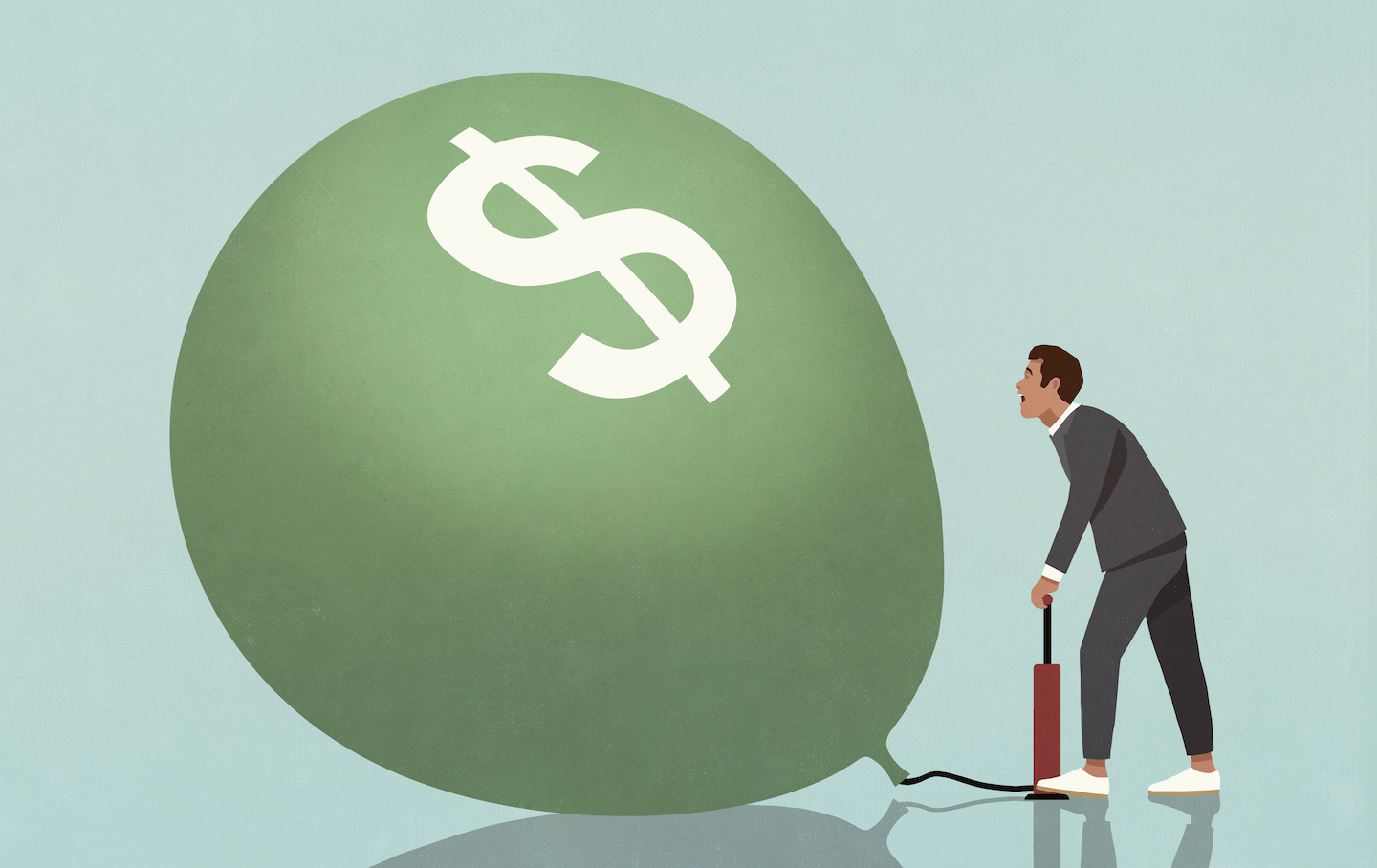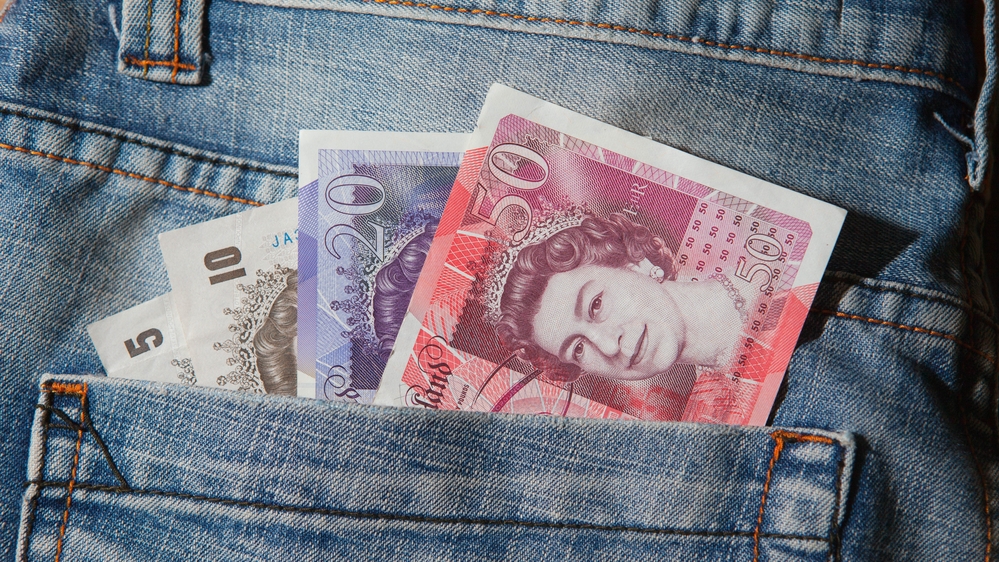Diving Brief:
- Challenger Green Dot Bank partners with Plaid to enable users of the Green Dot GO2bank platform to connect their bank account to apps that pay the data aggregator for banking information, according to a Press release Tuesday.
- The agreement allows Plaid Exchange to act as an intermediary so that GO2bank users do not have to enter their banking usernames and passwords into the applications of more than 6,000 Plaid partners.
- Green Dot and Plaid present the partnership as a sort of equalizer. GO2bank was launched early last year to target the low to moderate income population. The deal would give Green Dot customers the same direct route to Plaid that many major banks have already negotiated.
Overview of the dive:
Major banks such as JPMorgan Chase in recent years have created their own internal application programming interfaces (APIs) to stop screen scraping – a once-dominant method of information sharing, but which has led some banks to block data aggregators like Plaid.
Plaid Exchange was launched in 2020 as a screen-scraping alternative intended to give customers of smaller financial institutions the same digital options and channels as larger ones.
“Plaid strives to make inclusiveness the industry standard,” Ginger Baker, head of financial access for the data aggregator, said in Tuesday’s press release.
“Consumers are increasingly using multiple types of apps and services to manage their financial lives,” Baker said. American banker. “So they expect interoperability to exist between these services.”
GO2bank’s user base relies heavily on hourly and gig workers, as well as customers with annual household incomes between $25,000 and $50,000, said Abhijit Chaudhary, Chief Product Officer at Green Dowry.
“They were burned – they had bad experiences at other institutions, or experiences that weren’t taken care of for them to solve their needs,” Chaudhary told American Banker.
“Our goal at Green Dot is to empower everyone to bank seamlessly, affordably and with confidence,” he said in Tuesday’s statement.
This includes a focus on the unbanked and underbanked, which Green Dot targets through people’s online footprints and partnerships with tax preparation companies.
About 5.4% of U.S. households were unbanked in 2019, meaning they did not have checking or savings accounts with banks or credit unions, the Federal Deposit Insurance Corp found. (FDIC). However, this proportion is higher among low-income, less-educated and non-white households.
The Government Accountability Office (GAO) estimated this month that an additional 17.9% of U.S. households are underbanked, meaning that although they have opened at least one checking or savings account, they are using alternative financial services such as check cashing or payday loans.






/cloudfront-eu-central-1.images.arcpublishing.com/prisa/OO7Z5HSUNBSA4GRG753ZORZPDA.jpg)





